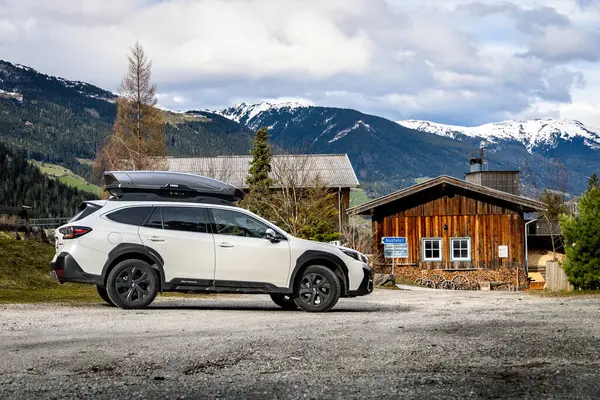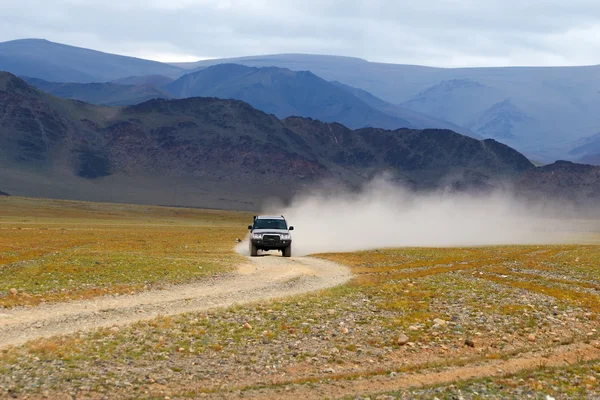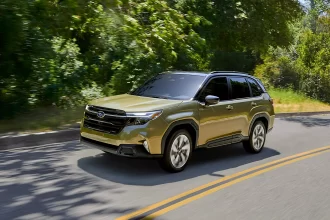Driving through mountainous terrain can be one of the most exhilarating parts of any road trip—but it also demands special preparation to ensure safety and performance. From high-altitude climbs to sharp curves and unpredictable weather, mountain travel puts your vehicle to the test. Here’s how to get your car ready for a long journey through the hills and peaks.
1. Check Your Braking System
Steep descents and hairpin turns require responsive brakes. Make sure your brake pads, rotors, and fluid levels are in good shape. If you notice any squealing or fading, address it before hitting the road.
2. Inspect Tires and Tire Pressure
Good traction is vital in mountainous areas where roads can be wet or icy. Ensure your tires have enough tread (at least 4/32″) and are properly inflated, including the spare.
- Check for uneven wear and sidewall damage
- Consider switching to all-terrain or winter tires depending on the season
3. Engine and Transmission Readiness
High altitudes can impact engine performance. Get a tune-up if your car hasn’t had one recently, and check transmission fluid levels. If towing or carrying heavy loads, make sure your cooling systems are operating efficiently.
4. Battery and Charging System
Cold temperatures and extended climbs can stress your car’s battery. Have it tested, especially if it’s over three years old. Check cables for corrosion and ensure alternators and belts are in good condition.
5. Pack Emergency Essentials
Cell signals can be spotty in remote areas. Always carry a mountain-ready emergency kit including:
- Flashlights and batteries
- Blankets and thermal gear
- Non-perishable snacks and water
- First-aid kit
- Jumper cables, tire chains, and basic tools
6. Fuel Planning
Gas stations may be scarce in remote mountain passes. Fill up whenever possible and never let your tank drop below half.
7. Weather Awareness and Navigation
Conditions in the mountains can change rapidly. Use GPS systems with offline maps and check weather forecasts frequently. Carry paper maps as a backup.
8. Consider a Rental for Mountain Travel
If your car isn’t equipped for mountain travel, renting a properly suited vehicle can be a smart and safe choice. SUVs with AWD and higher clearance are ideal for handling rough terrain. You can learn more about the benefits of renting a car for travel in this detailed article.
9. Visibility and Lighting
Check that all headlights, brake lights, and fog lights are working properly. Clean all lenses and consider upgrading to high-visibility bulbs for safer night driving.
10. Fluids and Wipers
Mountain climates often involve sudden rain or snow. Make sure your windshield washer fluid is full and rated for low temperatures. Replace wiper blades if they streak or skip.
Conclusion
With the right preparation, mountain driving can be a safe and unforgettable experience. Take time to inspect your vehicle, pack carefully, and plan routes in advance. Whether it’s a scenic day trip or a multi-day trek through winding alpine roads, being ready for anything will let you enjoy the breathtaking views without worry.




